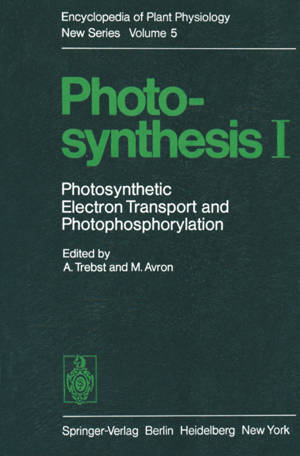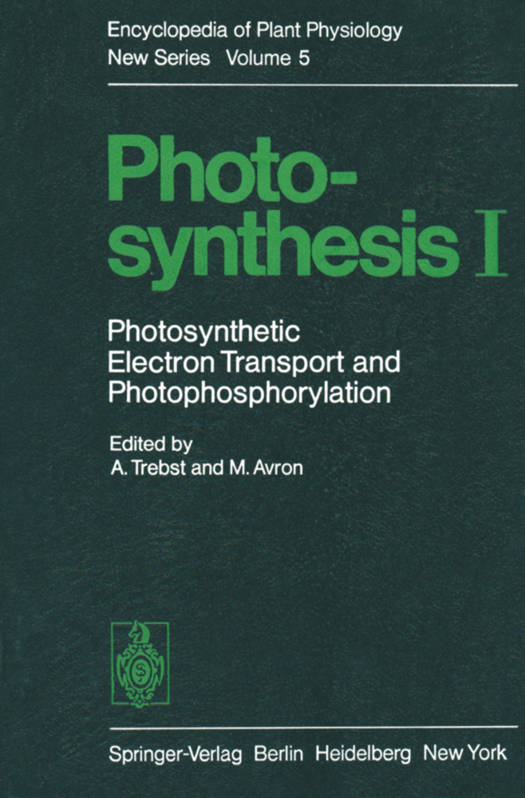
- Afhalen na 1 uur in een winkel met voorraad
- Gratis thuislevering in België vanaf € 30
- Ruim aanbod met 7 miljoen producten
- Afhalen na 1 uur in een winkel met voorraad
- Gratis thuislevering in België vanaf € 30
- Ruim aanbod met 7 miljoen producten
Zoeken
Photosynthesis I
Photosynthetic Electron Transport and Photophosphorylation
€ 211,19
+ 422 punten
Omschrijving
As editor of the two-part Volume V on photosynthesis in RUHLAND'S Encyclopedia, the forerunner of this series published in 1960, I have been approached by the editors of the present volume to provide a short preface. The justification for following this suggestion lies in the great changes which have been taking place in biology in the two decades between these publications, changes which are reflected in the new editorial plan. Twenty years ago it appeared convenient and formally easy to consider photo- synthesis as a clearly separated field of research, which could be dealt with under two major headings: one presenting primarily photochemical and biochemical prin- ciples, the other physiological and environmental studies. Such a partition, however, as far as aims and opinions of the authors were concerned, resulted in a rather heterogeneous volume. Today, the tendency in experimental biology is towards a merger of previously distinct disciplines. Biochemists and biophysicists have developed their methods to such an extent that, over and above the analysis of individual reaction sequences, work on the manifold interrelationships among cellular activities has become in- creasingly possible. Joining them in growing numbers are the physiologists and ecologists with their wealth of information on activity changes in vivo and on the variability and efficiency of the organisms concerned. Furthermore, biochemists, biophysicists and physiologists also now share a lively interest in ultrastructure research, the results and implications of which, through continually improving methodology, have generated important stimuli for the work in the field of cell function.
Specificaties
Betrokkenen
- Uitgeverij:
Inhoud
- Aantal bladzijden:
- 731
- Taal:
- Engels
- Reeks:
- Reeksnummer:
- nr. 5
Eigenschappen
- Productcode (EAN):
- 9783642665073
- Verschijningsdatum:
- 8/12/2011
- Uitvoering:
- Paperback
- Formaat:
- Trade paperback (VS)
- Afmetingen:
- 170 mm x 244 mm
- Gewicht:
- 1188 g

Alleen bij Standaard Boekhandel
+ 422 punten op je klantenkaart van Standaard Boekhandel
Beoordelingen
We publiceren alleen reviews die voldoen aan de voorwaarden voor reviews. Bekijk onze voorwaarden voor reviews.







